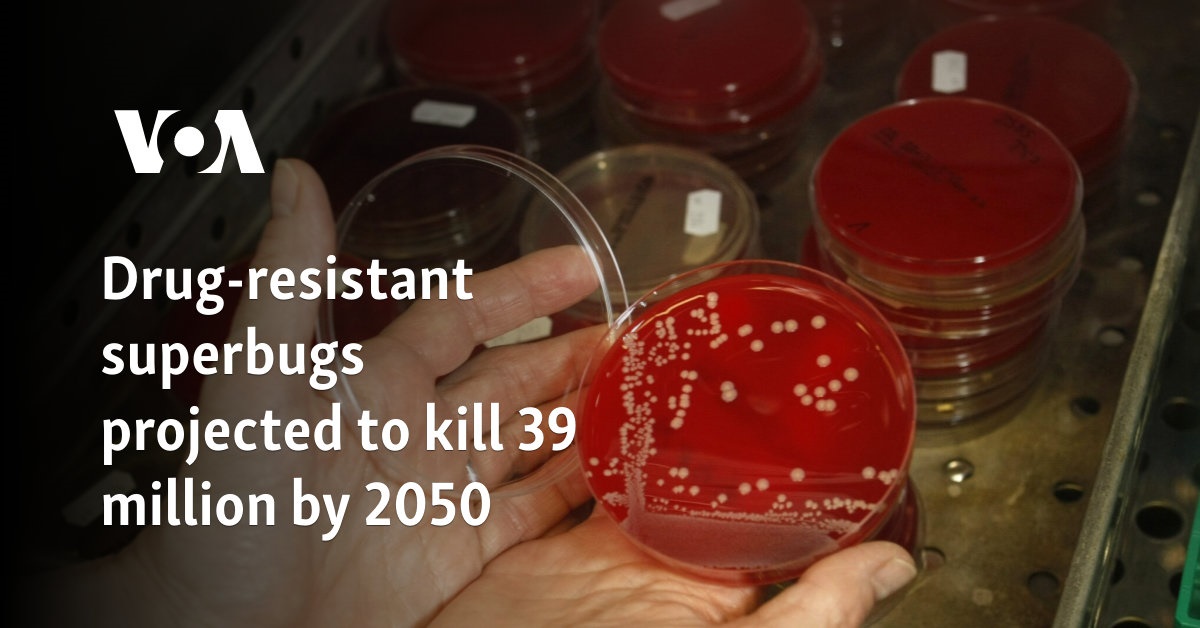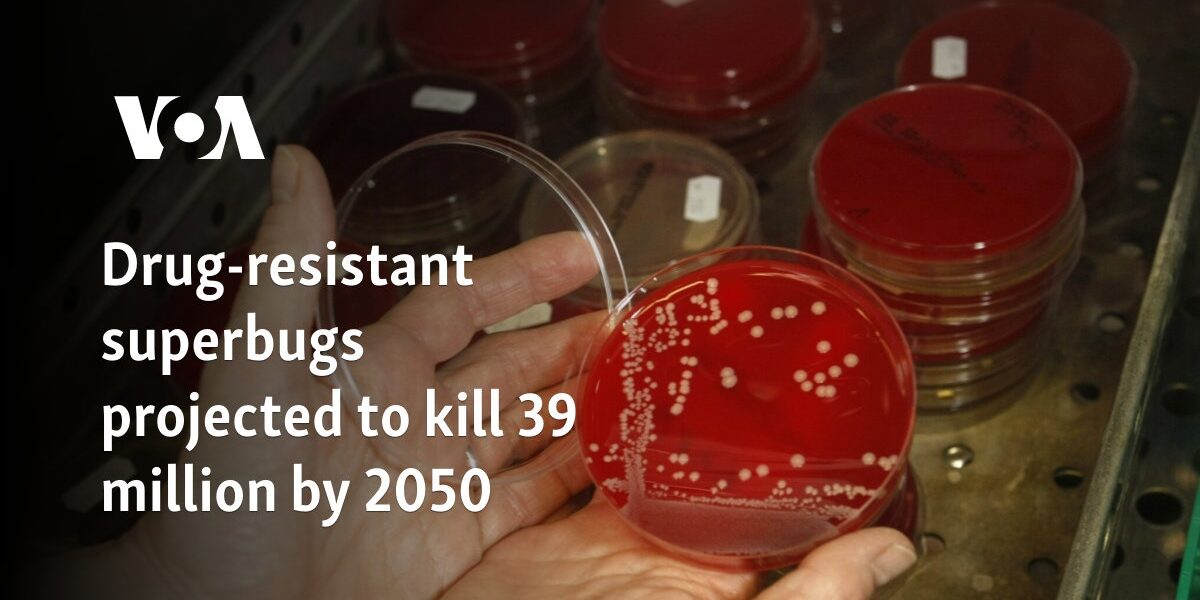
Infections of drug-resistant superbugs are projected to kill nearly 40 million people over the next 25 years, a global analysis predicted on Monday, with the researchers urging action to avoid this grim scenario.
Superbugs — strains of bacteria or pathogens that have become resistant to antibiotics, making them much harder to treat — have been recognized as a rising threat to global health.
The analysis has been billed as the first research to track the global impact of superbugs over time and to estimate what could happen next.
More than a million people died from the superbugs — also called antimicrobial resistance (AMR) — per year across the world between 1990 and 2021, according to the GRAM study in The Lancet journal.
Deaths among children under five from superbugs actually fell by more than 50 percent over the last three decades, the study said, due to improving measures to prevent and control infections for infants.
However, when children now catch superbugs, the infections are much harder to treat.
And deaths of over-70s have surged by more than 80 percent over the same period, as an ageing population became more vulnerable to infection.
Deaths from infections of MRSA, a type of staph bacteria that has become resistant to many antibiotics, doubled to 130,000 in 2021 from three decades earlier, the study said.
The researchers used modelling to estimate that, based on current trends, the number of direct deaths from AMR would rise by 67% to reach nearly two million a year by 2050.
It would also play a role in a further 8.2 million annual deaths, a jump of nearly 75%, according to the modelling.
Threat to modern medicine
Under this scenario, AMR will have directly killed 39 million people over the next quarter century and contributed to a total of 169 million deaths, it added.
But less dire scenarios are also possible.
If the world works to improve care for severe infections and access to antimicrobial drugs, it could save the lives of 92 million people by 2050, the modelling suggested.
The researchers looked at 22 pathogens, 84 combinations of drugs and pathogens, and 11 infectious syndromes such as meningitis.
The study involved data from 520 million individual records across 204 countries and territories.
“These findings highlight that AMR has been a significant global health threat for decades and that this threat is growing,” said study co-author Mohsen Naghavi of the US-based Institute of Health Metrics.
Jeremy Knox, infectious disease policy head at the UK-based health charity the Wellcome Trust, warned that the effects of rising AMR rates would be felt across the world.
“An increasing AMR burden at the scale described in the GRAM report would represent a steady undermining of modern medicine as we know it, as the antibiotics we rely upon to keep common medical interventions safe and routine could lose their effectiveness,” Knox told AFP.
While there has been a steady increase in political attention on the subject over the last decade, “we have yet to see governments around the world go far enough, fast enough in tackling the threat of AMR,” he added.
He described a high-level AMR meeting at the United Nations scheduled for September 26 as a “vital moment” for the fight against superbugs.
Antimicrobial resistance is a natural phenomenon but the overuse and misuse of antibiotics in humans, animals and plants has made the problem worse.
Source: voanews.com




